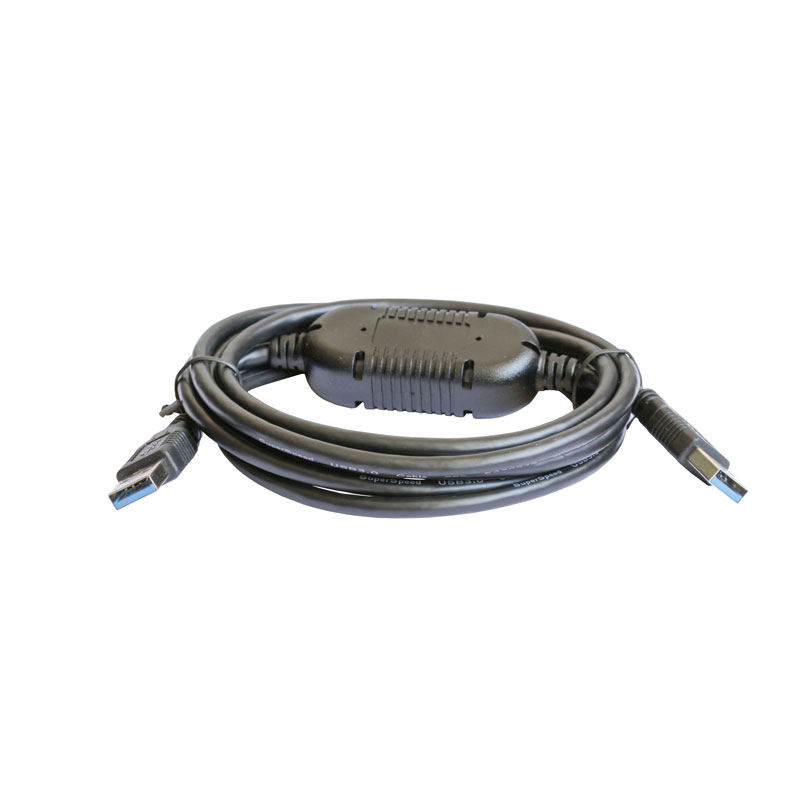ProlificUSA Featured Product
TE-C0363, TE-C0362 and TE-C0372 — USB Host to Host Bridge Cable Solutions
The TE-C0362 and TE-C0363 are Superspeed USB 3.0 host to host bridge cables. Both allow two-way data transfer, using a choice of protocols, between USB hosts. Both are backward compatible to USB 2.0 The most common configuration is two USB hosts, but multiple hosts can also be connected using multiple cables and/or USB hubs.
The TE-C0363 enumerates as a transfer cable and transfers data using Windows Easy Transfer (WET) or our PCLinq5 file transfer AP or a user’s custom file transfer AP. It can also enumerate as a serial device, using the CDC-ACM drivers built into Windows, Mac OS and Linux, to transfer files. Further, it can enumerate as a network device, creating a Virtual Ethernet Network (VEN) using the RNDIS drivers built into Windows and Linux.
Like the TE-C0363, the TE-C0362 also enumerates as a transfer cable or as a network device. It also supports USB HID interface, including keyboard and mouse.
The TE-C0372 is a USB 2.0 host to host bridge cable. Like its speedier cousins (above) it allows two-way data transfer between USB hosts. As a transfer cable it uses WET or our PCLinq5 file transfer AP. It can also enumerate as a network device, creating a Virtual Ethernet Network (VEN) using the RNDIS drivers built into Windows and Linux.
A word about virtual Ethernet over USB. The advantage of USB over Ethernet is that it does not share the same limitations of Ethernet IP configuration that make deployment of new targets and platforms onto a current network difficult. Firewalls, static IP address settings and other common Ethernet configurations can make it difficult to communicate with a deployed product. The USB host-to-host cable bypasses these common network configuration issues. Your electronic appliance out-of-the-box-experience (OOBE) would be greatly improved if it can be connected to a host computer, or other USB host-enabled appliance with a simple cable via its USB port in order to configure and deploy software or transfer data bidirectionally.
